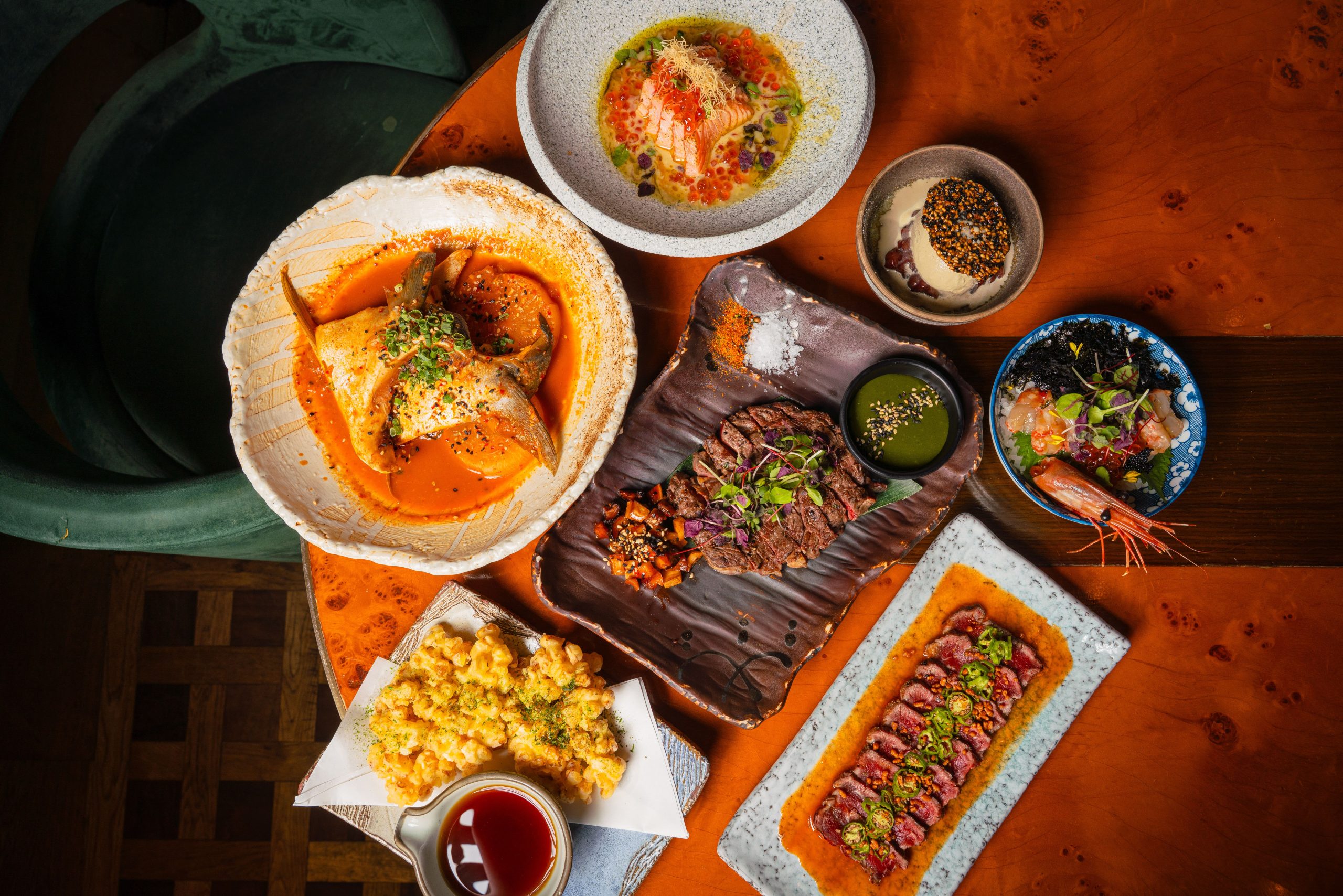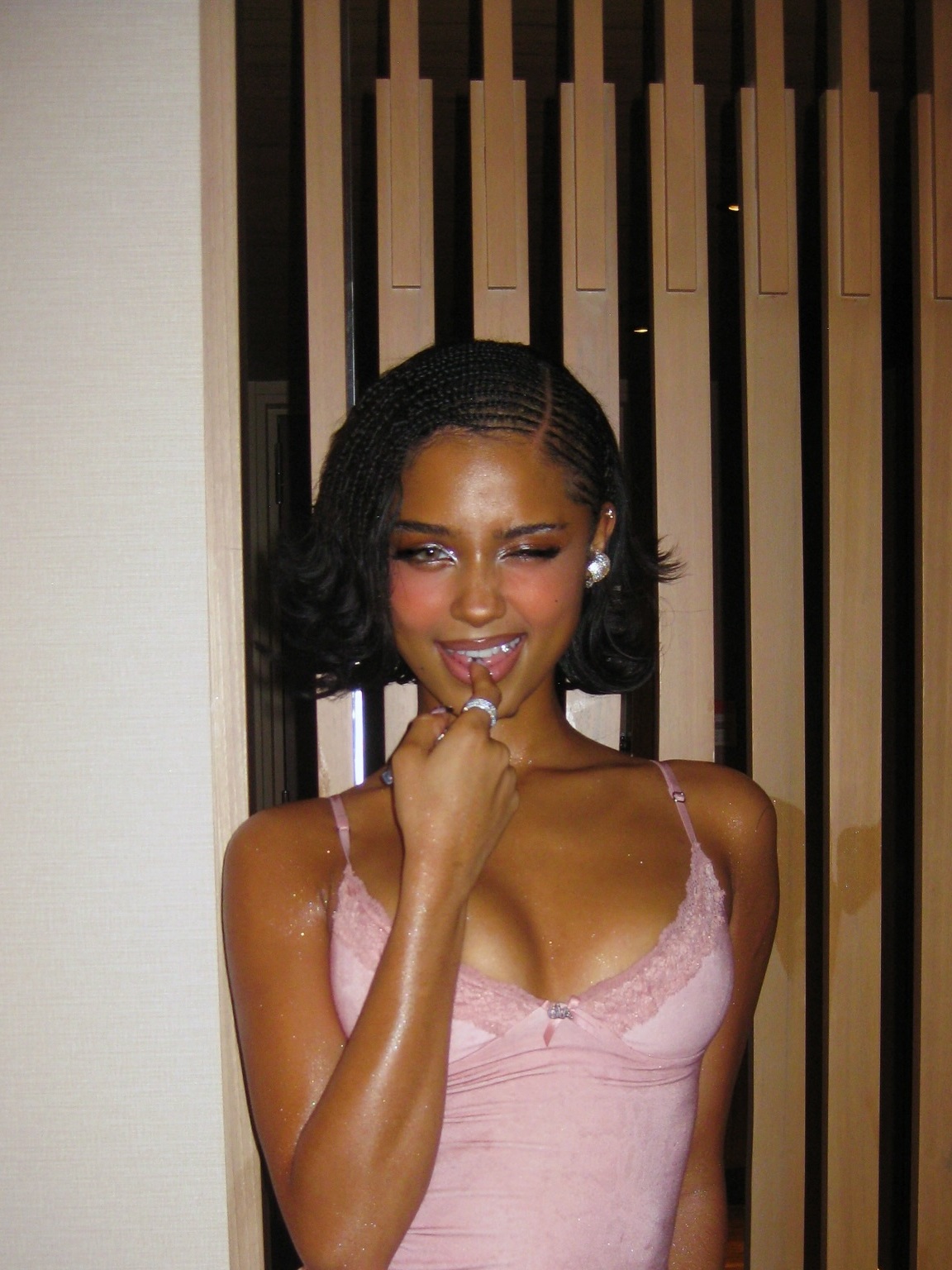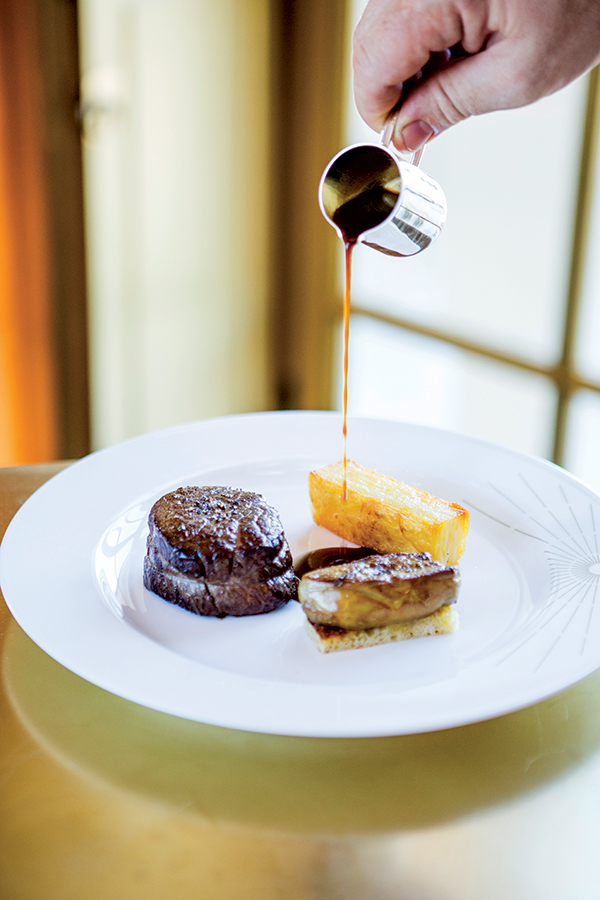
Ask for my most treasured memory of the Palace of Versailles and I’ll answer it was standing in the Pavillon Dufour, holding a glass of Dom Pérignon P2 1998 with one hand and shaking the hand of the legendary Alain Ducasse with the other. Around me, attendants in royal purple livery, powdered wigs and all, proffer hors d’oeuvres of scallops and gold caviar, Parmesan foam and warm Bresse chicken rolled in black truffle sauce. I take another giddy sip of champagne which, I’m told, is chilled to exactly 11 degrees Centigrade. Somewhere, a bell chimes, a signal that dinner is about to be served. At that moment, I couldn’t have been more certain this is how it feels to dine with a king.
Our meal was in the heart of Versailles, something that was unthinkable until three months ago, when Ducasse opened his newest restaurant in the south pavilion. “I wanted a very modest, very humble home for my restaurant,” he says, teasingly. “I have another iconic place, Le Jules Verne at the Eiffel Tower, and I thought, how can I go lower than that in terms of height? Maybe let’s go to Versailles.”
The caretakers of Versailles had put out a call for hospitality project proposals a year earlier. Ducasse and the LOV Hotel Collection group were chosen to transform a trio of buildings in the palace grounds into a top-end boutique hotel and a fine dining restaurant. That Ducasse owns 26 restaurants that have amassed 19 Michelin stars, along with several inns, a cooking school and a chocolate factory, must have counted in his favour.
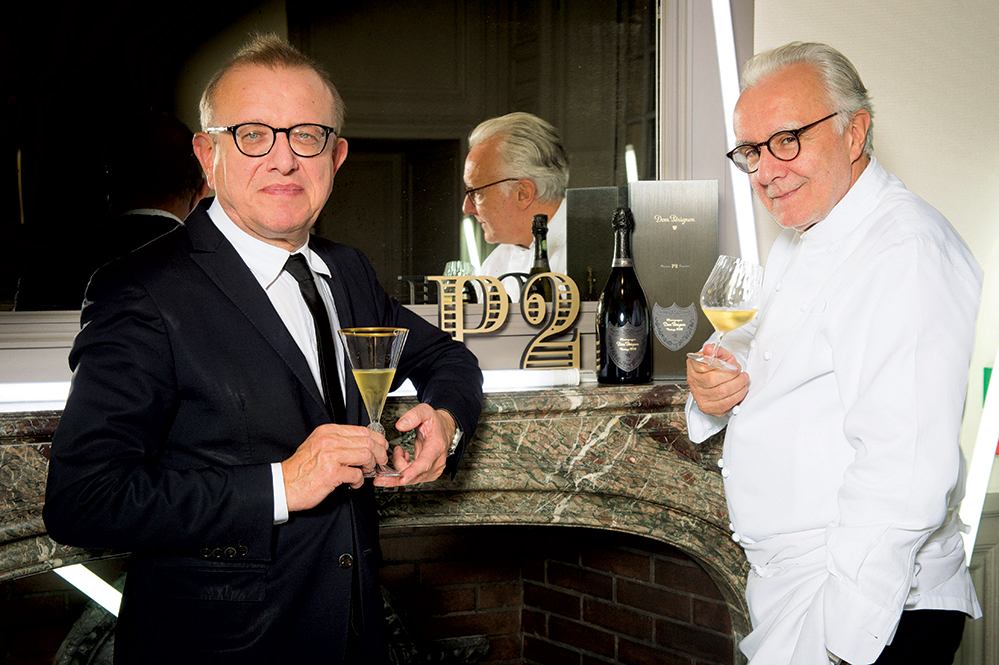
Ore – Ducasse au Château de Versailles opened in September. It is an elegant French cafe by day, serving delicate pastries and light bites for breakfast, lunch and tea. By night, it is a private dining establishment, reserved exclusively for lavish dinners and other events put on in a manner that would befit the last French kings.
Next year, in collaboration with champagne house Dom Pérignon, Ducasse will put on a series of wine matching dinners. Champagne from Hautvillers will be served with classic French cuisine in the purlieus of the palace where once the Sun King held court. We took our seats for dinner in anticipation of a foretaste of such a once-in-a-lifetime experience.
The collaborators are strangely reticent about their partnership. Asked about the significance of holding the dinners in Versailles, Dom Pérignon chef de cave Richard Geoffroy replies enigmatically. “It’s essential,” Geoffroy says. “The collaboration between Alain Ducasse and Dom Pérignon at Versailles is evidence of the flow of history. The fascinating thing about Versailles is, it’s alive. It’s not a museum. History at Versailles is alive.”
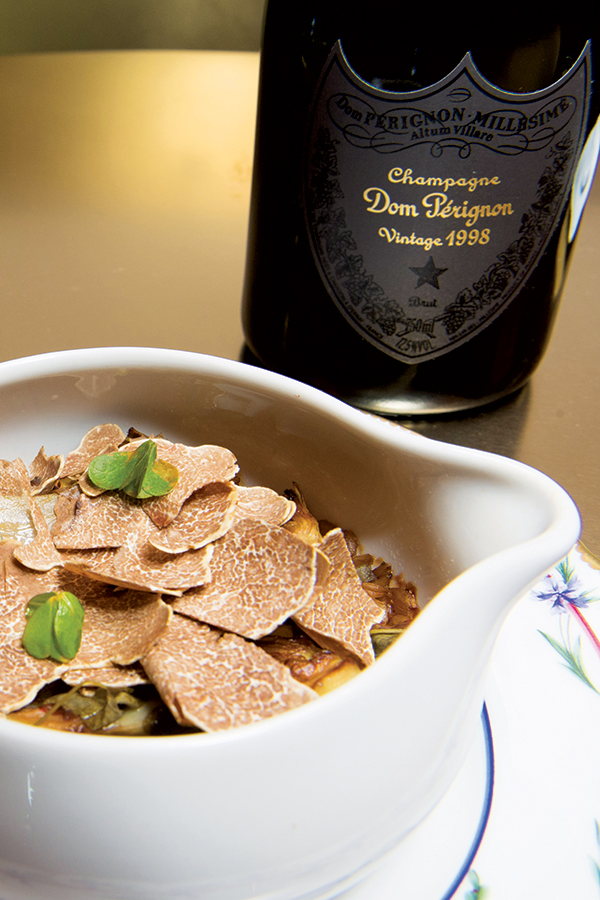
So is their collaborative effort a way for Dom Pérignon to play a part, even if only briefly, in the history of Versailles? Ducasse replies that he and Geoffroy have long been friends, then makes another enigmatic remark. “Richard can drink alone and I can eat alone, but it’s much better if we eat and drink together,” Ducasse says.
Ducasse and Geoffroy are slightly less obscure when waxing lyrical about the dinner and the luxury of the experience. “Emotion providers” is how they describe themselves. “Champagne can live alone, without a meal, or be drunk with different types of food,” says Ducasse. “It’s really more about the drinker and his ability to be penetrated by the experience itself.” To Geoffroy, it is important that the dinner should be remembered. He says it should be an experience “so profound and authentic” that it will be “the foundation of a forever memory”.
The experience began well before we sat down to eat. After the palace was closed to the general public for the day, I was taken by chauffeur-driven car right up to the gates, then given a private tour of the rooms. The feeling of stepping into an empty Hall of Mirrors, aglow with the warm flickering light cast by the chandeliers, is surreal. The tour complete, I was led across the Royal Courtyard to Ducasse’s restaurant for dinner.

Dining at Versailles is an understandably theatrical affair. The setting, the livery of the waiters, and crockery and cutlery are inspired by what you would have found in grand houses in the 17th century, but the replication is refined. The dishes on the menu, which was presented to the diners only after we had eaten, were, at first glance, surprisingly modern. But closer study of the menu reveals that Ducasse and his staff did their research. The dishes conformed to the spirit of 18th century cuisine not only in the way they were made, but also in the way they were named, some of the names being incomprehensible to most.
The order of the dinner was inspired by a meal recorded in Le Cuisinier Royal et Bourgeois by François Massialot, first printed in 1693. The dinner began with an oille, a soup served as an amuse-bouche. Our version was made with a savoury seafood broth, with little beads of pomelo and bright yellow anise flowers making a powerfully acidic contrast. Appetisers followed, some warm, some cold. Then came a course made with spelt, artichokes and freshly shaved white truffle, and a fish course, comprising blue lobster served with a beautifully thin tart made with cèpe mushrooms. The last main course, La bouchée à la Reine, was a classically flaky puff pastry filled with rich morsels of chicken and onion, topped with a thick béchamel sauce.
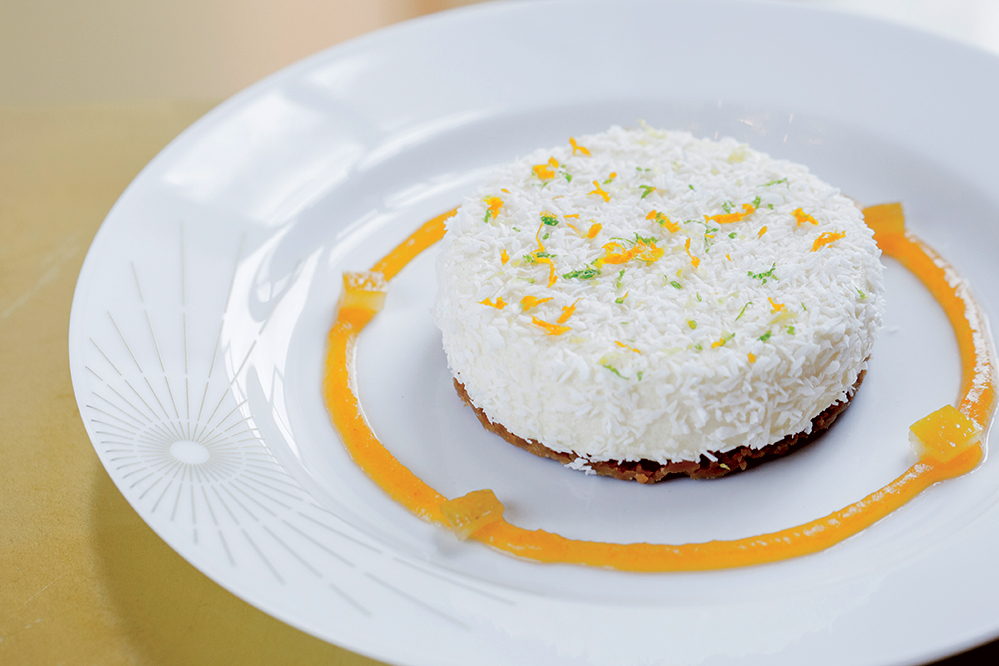
The French have an incredibly sweet tooth. Desserts came one after another: two sorbets to cleanse the palate, then macarons, Ducasse’s chocolates and silver platters of whole candied figs, cherries and lemons.
Throughout the meal, we were served Dom Pérignon P2 1998. Geoffroy sought to complement the various courses with the same wine interpreted in different ways. The champagne was served playfully at different temperatures, ranging from 9 degrees Centigrade to 11 degrees Centigrade, and presented in glasses of different shapes, from wide and short-stemmed coupes to narrow flutes.
“Low temperature, narrow glass makes the wine leaner, tighter,” Geoffroy says. “And, on the contrary, higher temperatures and larger glasses expand the volume and the texture of the wine.” By that stage I wasn’t sure if it was too much bubbly or the magic of Versailles, but his talk of “the multiple facets of Dom Pérignon” and its “ability to evoke emotions” made perfect sense.
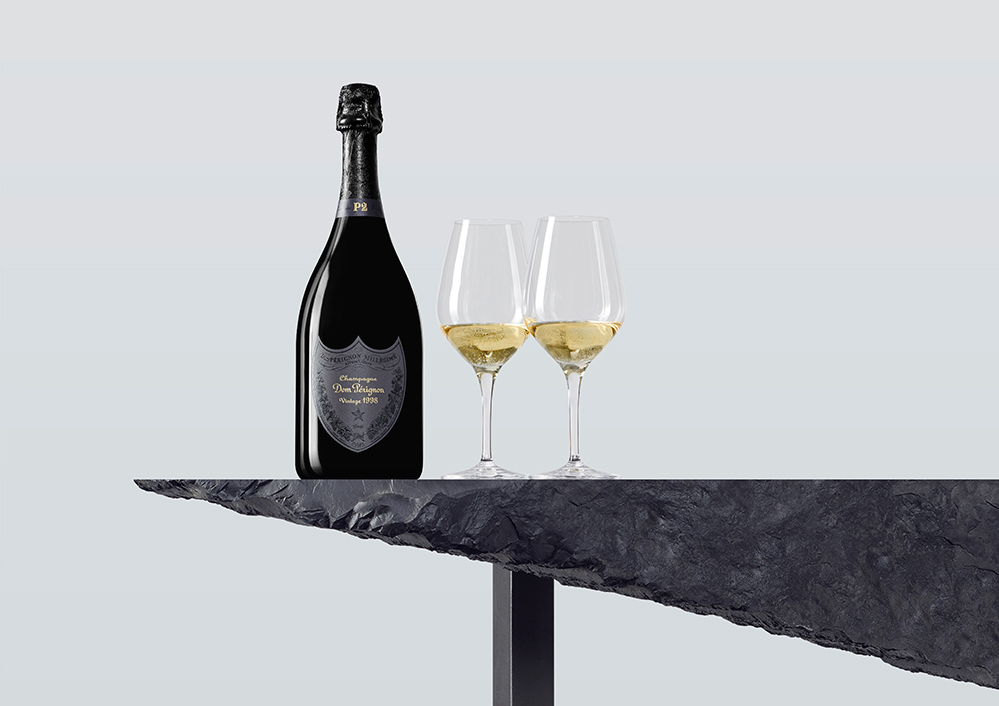
Enough of my memories of Versailles. What treasured memories do Ducasse and Geoffroy take away from the palace? What made the greatest impression on Ducasse were the fountains in the gardens, with their ingenious plumbing that dates back to the 18th century. He remarks that a “perfectly functioning system” keeps the fountains spouting just as they have in each of the chapters in history that the palace has played a part in.
Geoffroy’s most treasured memory is of an event in one of history’s later chapters. “The pianist Lang Lang interpreting several vintages of Dom Pérignon, playing in the chapel of the chateau in 2012,” he says. “Wow.”


